10 Of The Strangest French Cars
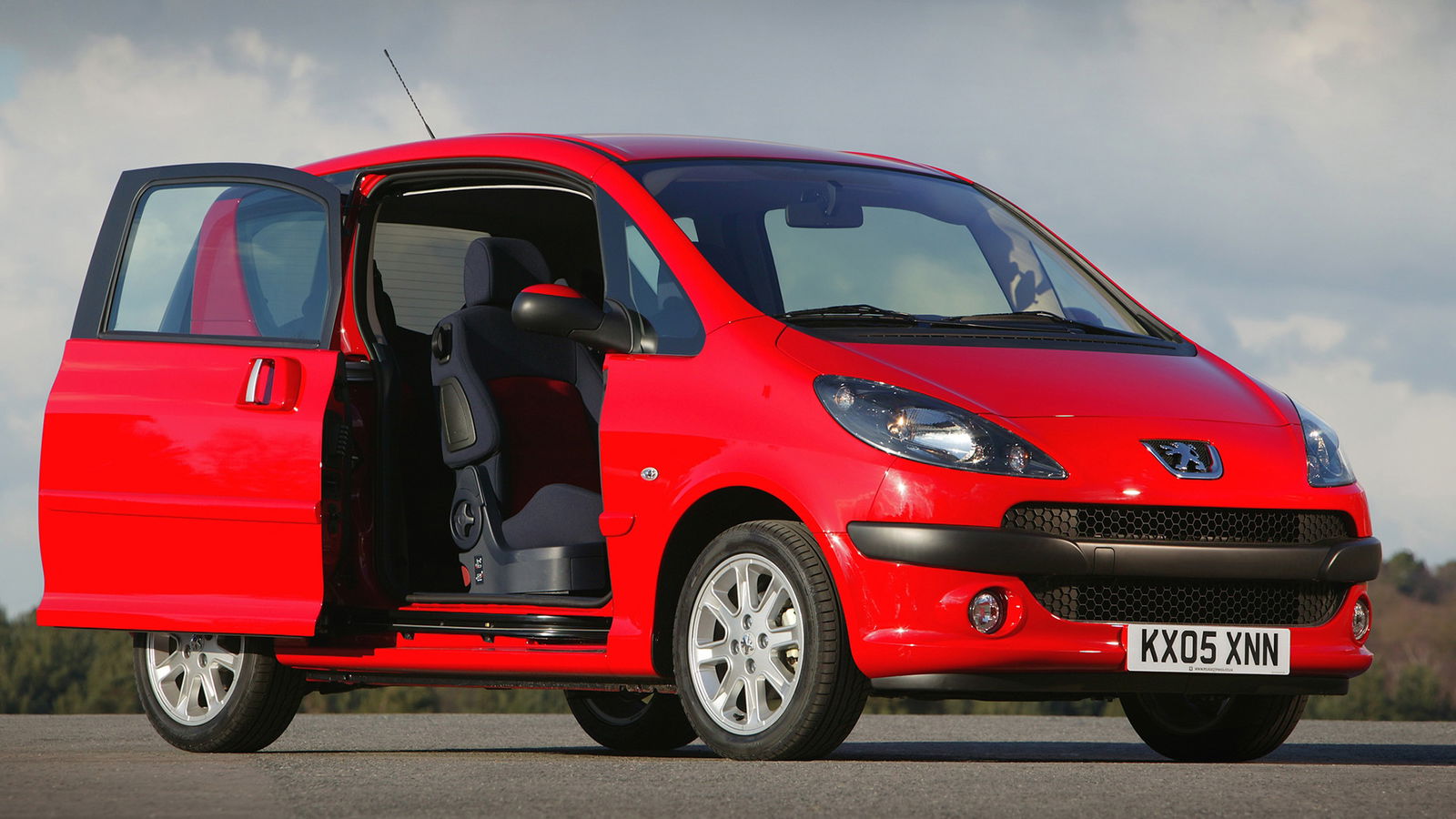
Ah, French cars. We know they’re weird, you know they’re weird, heck, we assume the engineers working on them know it too.
In a culture that’s often quite odd from the outside looking in (just take a look at a menu in a French restaurant for that one), yet wonderfully bonkers as a result, we perhaps shouldn’t be surprised the country has produced not-so-arguably some of the world’s strangest boxes on wheels.
We’ve picked out 10, but honestly, it could’ve been 100. Feel free to tell us about anything we’ve missed on socials.
Renault 4
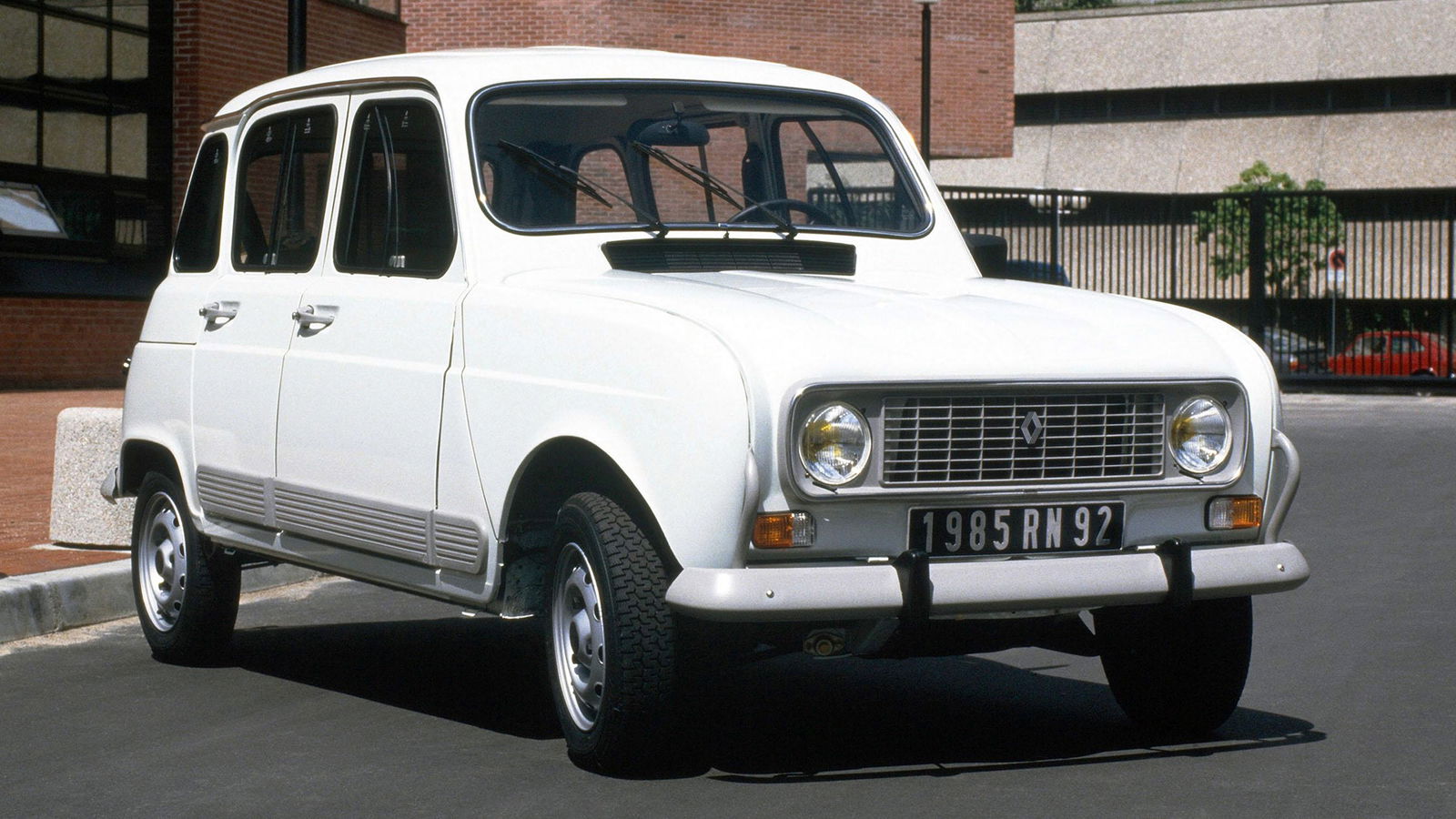
While the original Renault 4 is a seemingly normal, practical car in most respects, it wasn’t without one of the oddest quirks in all of engineering.
See, to maximise space in the interior, the rear suspension’s torsion bars were offset from each other rather than symmetrically placed, as is the case with pretty much every other car in existence.
That meant the wheelbase of the right-hand side of the car measures longer than that on the left by 48 millimetres. A small enough difference not to notice visually or in driving (so we’re told), but amusing enough to pull out for a bit of trivia.
Peugeot 1007
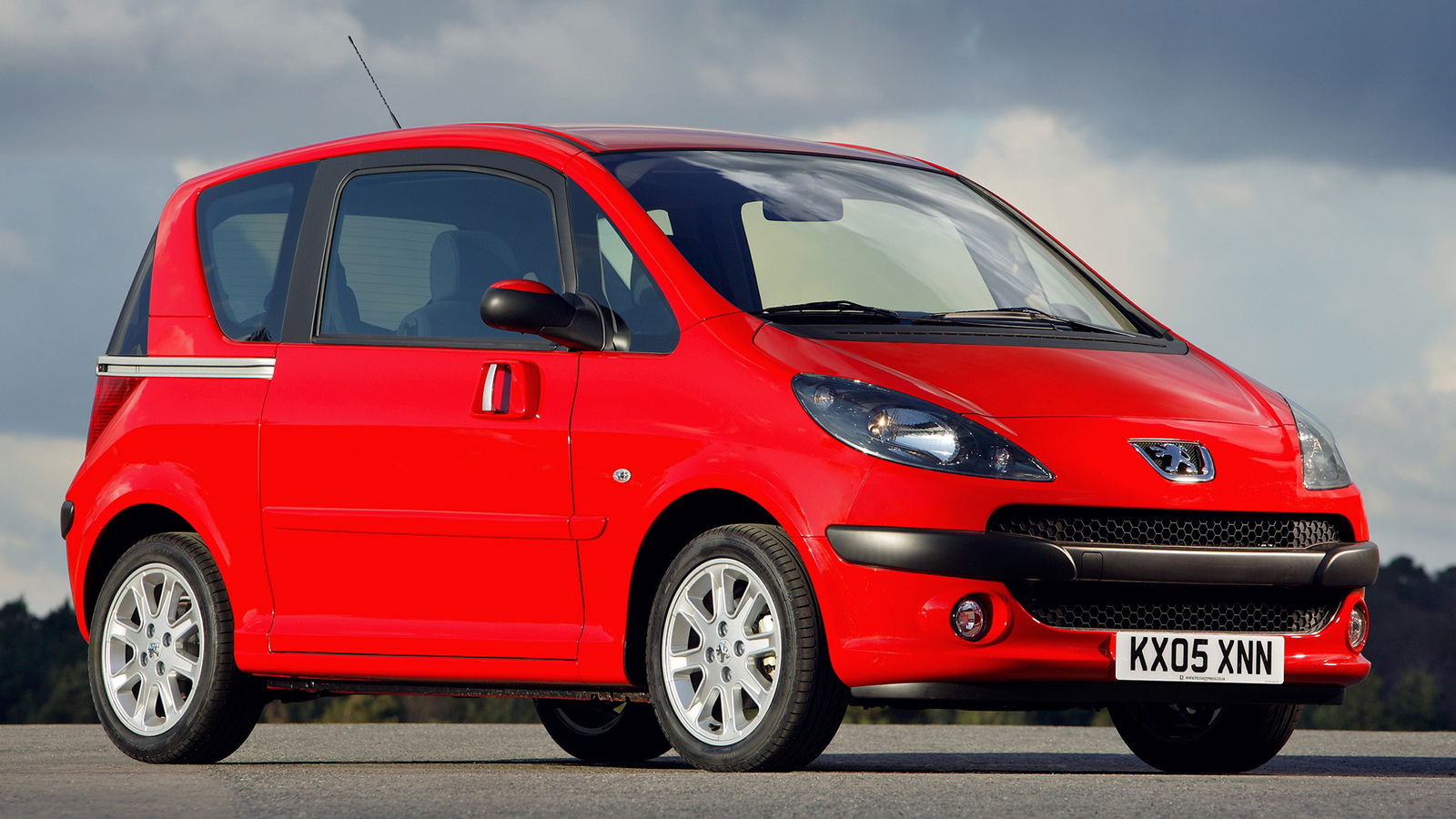
In most respects, the Peugeot 1007 is a fairly sensible thing that’s easy to get your head around. Here was a boxy hatchback with the footprint of a supermini, designed to offer MPV-like space. Useful.
Then Peugeot decided to take another idea from big MPVs designed for lots of people by putting two sliding doors on it for… reasons.
Although quirky, it made the car heavy in turn making it painfully slow with weedy 1.4-litre engines. Oh, and expensive, too. No surprise that only about 8000 made their way to the UK across a three-year production run.
Citroen C3 Pluriel
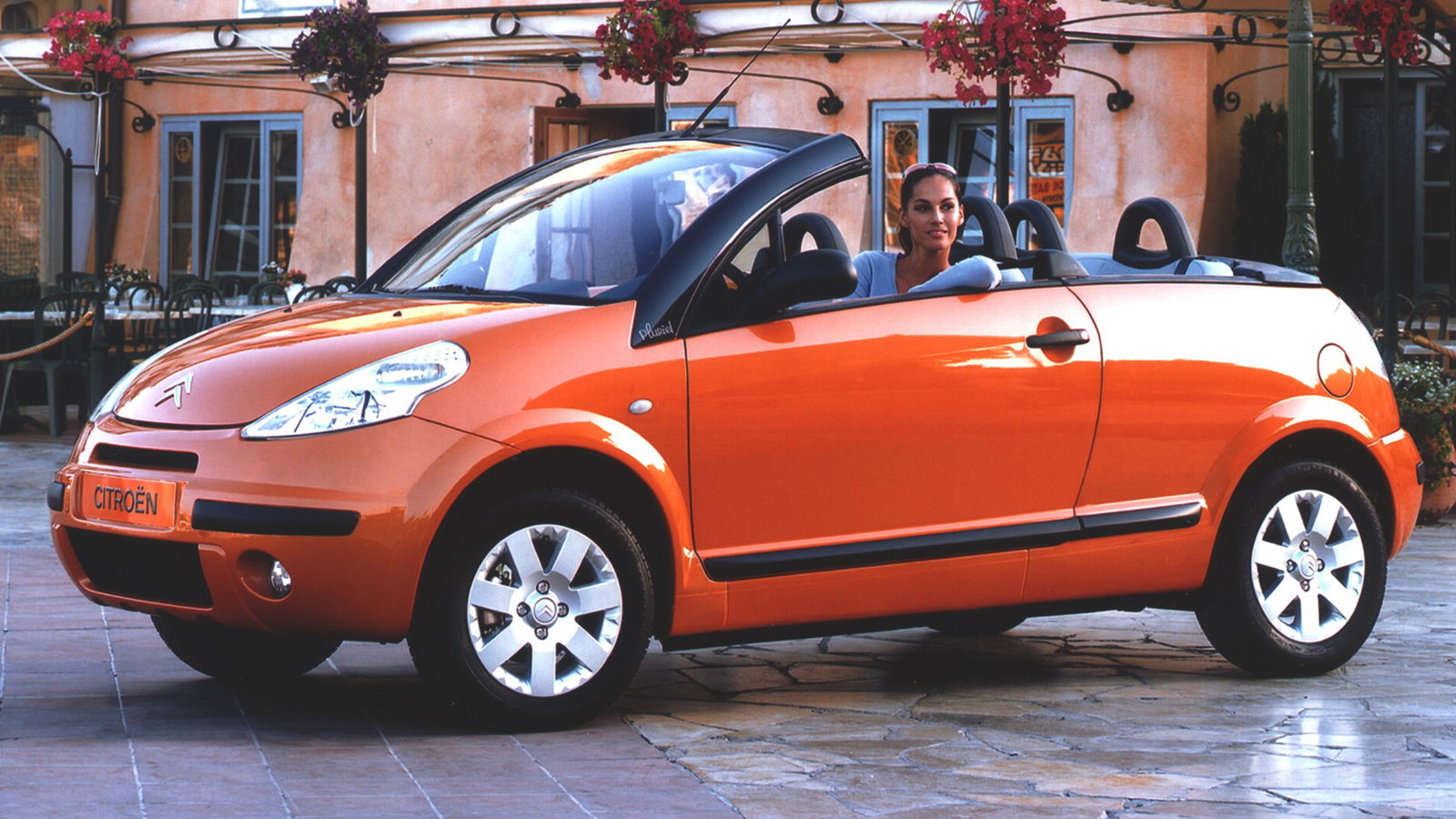
Having a convertible supermini makes a lot of sense in Europe. See the success of the soft-topped Fiat 500C as a good example of how to do it properly.
Before that, though, came the Citroen C3 Pluriel, which had a similar canvas roof that could neatly collapse just above the boot.
Ah, but what if you wanted to free up that space? Well, handily, you could unclip the canvas completely and go fully open-top.
Oh, still not enough drop-top for you? Remove the C-Pillars. No, seriously, you could take them out and give yourself a completely spider-like car. Brilliant, until you realised there’s nowhere in the car to store those pillars. And it’s started raining while you’re 30 miles from home.
Renault Avantime
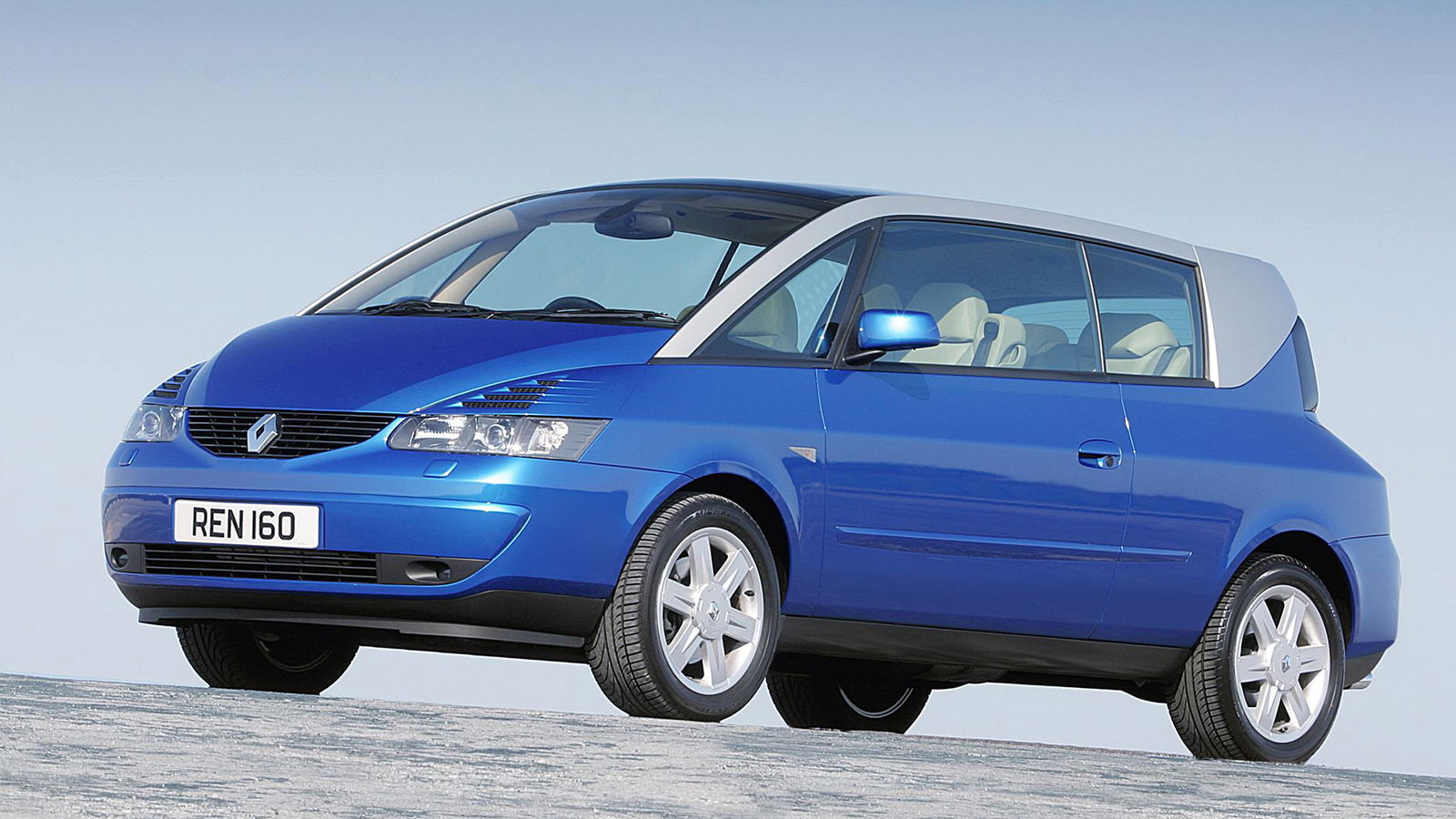
“We should make a new car, and it’ll be an MPV, estate car and a shooting brake,” We imagine some boardroom conversation went, probably, “Oh, and it must only seat four.”
In any other country around the world, that would probably result in whoever touted the idea being referred to HR for a welfare check. In France, it resulted in the Renault Avantime.
Although based on an Espace, the Avantime wasn’t intended to be a car focused necessarily on being a practical thing. It was styled to echo a coupe with two (gigantic) pillarless doors, had a cavernous interior designed to be grand tourer-esque, and you could even have it with a V6. No surprise, it turned out to be a commercial flop, albeit a truly wonderful car in its own right.
Citroen Ami
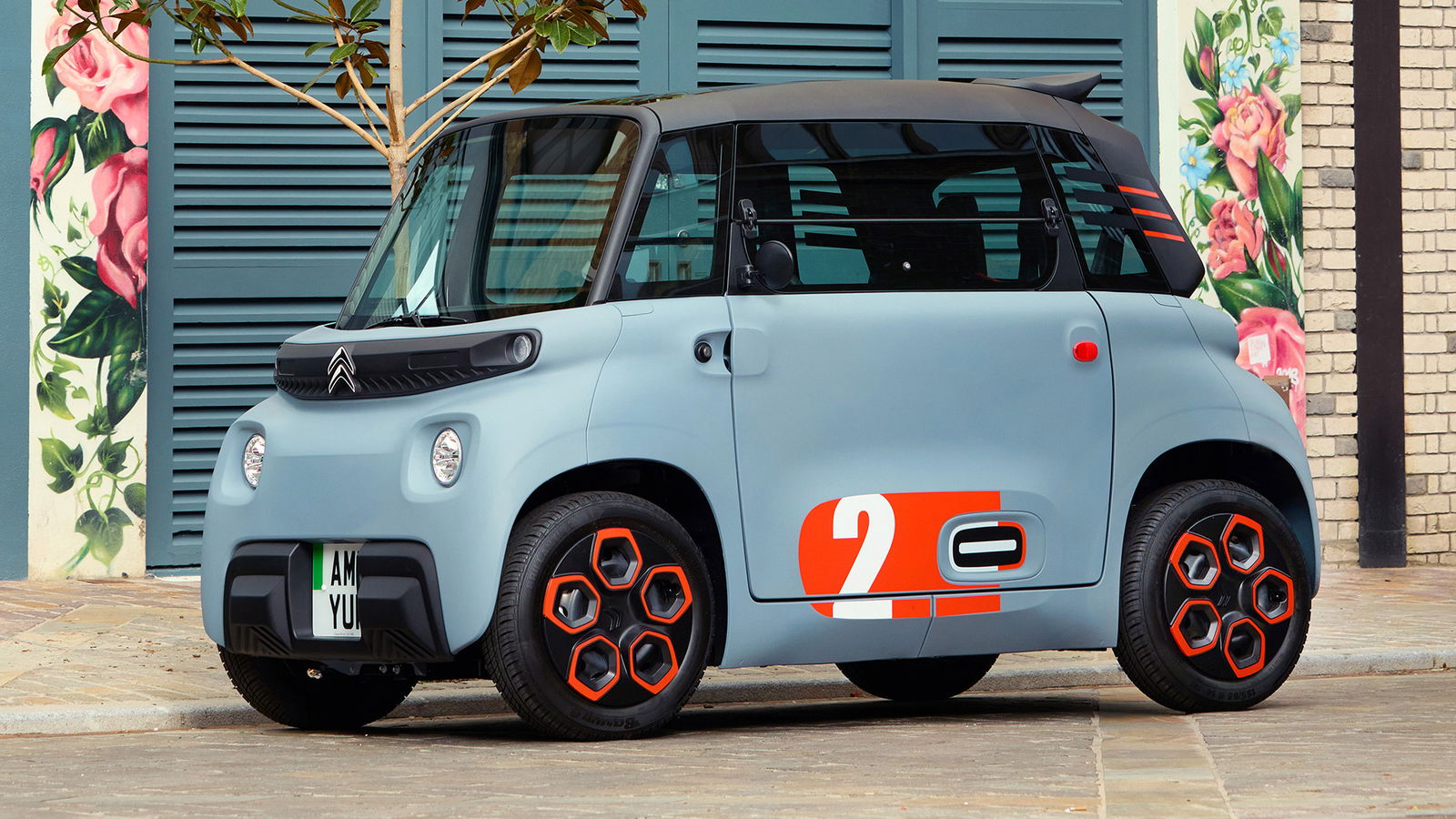
It must be fun being a teenager in France, knowing you can drive cars classed as light quadricycles from age 14 without having to have a licence. We can only imagine the chaos such a thing in the UK would cause.
While the Citroen Ami isn’t totally unusual at being targeted at that demographic, it does have its own quirks. Part of that is being sold outside of France at all, and also its totally symmetrical bodywork.
We don’t mean ‘Oh, the design is cohesive’. We mean you can swap the front and rear body panels around if you so feel like it, as well as the doors. That means one opens suicide-style on a rear hinge – itself quite cool, frankly.
Citroen 2CV Sahara
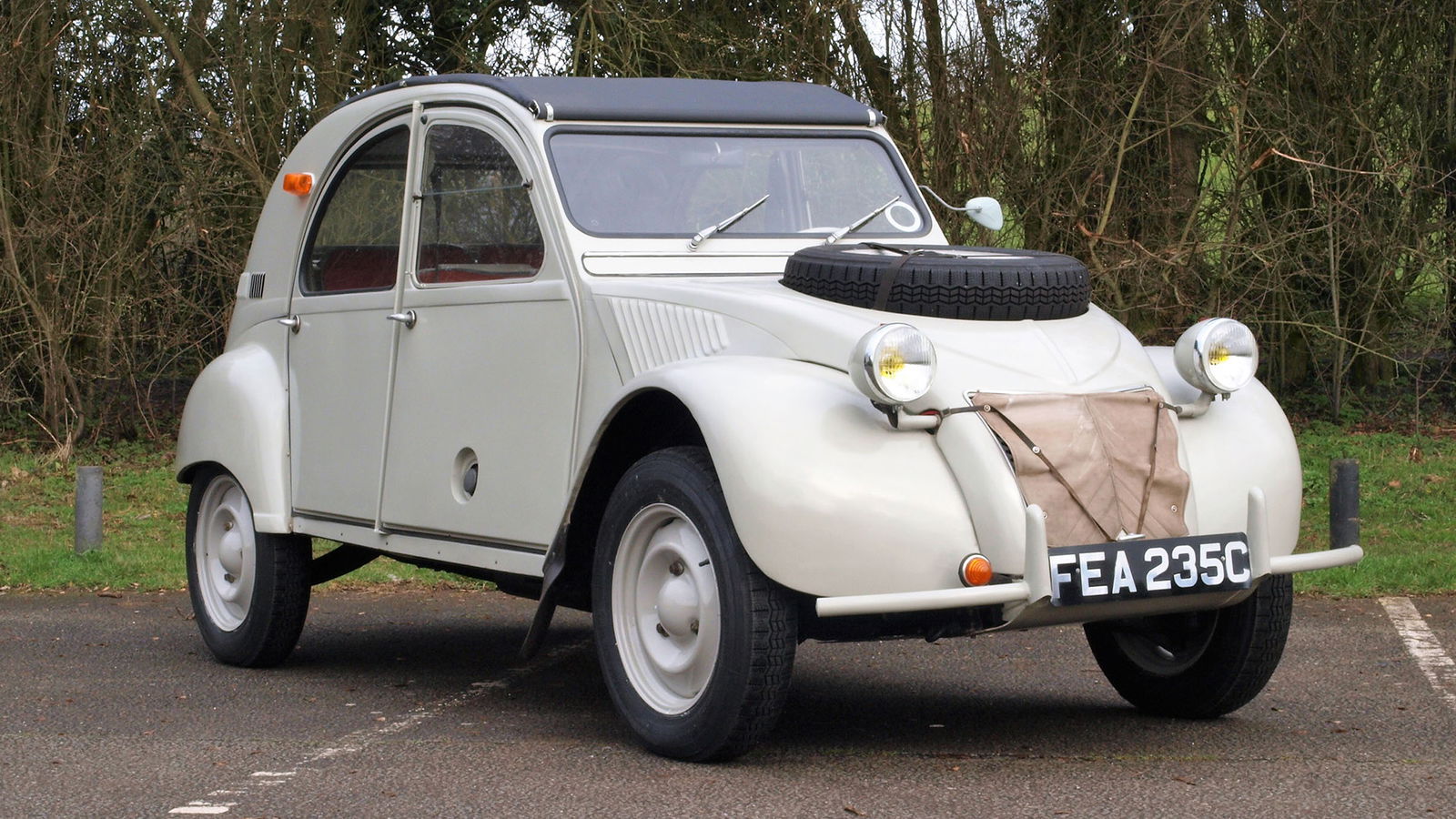
A four-wheel drive Citroen 2CV made perfect sense for Africa in the ‘60s. French manufacturers had a huge presence throughout the north of the continent as a result of colonialism, and a low-cost, rugged vehicle seemed logical for a developing market with notoriously tricky terrains to cover.
What didn’t make perfect sense was the execution of said four-wheel drive 2CV. Sure, putting a driveshaft and transfer case on the 2CV’s 12bhp two-cylinder engine wouldn’t have really worked, but we’re not sure having a second engine connected directly to the rear wheels was the best solution to that problem.
This wasn’t just a concept, either. It went on sale with a total of 27bhp, two fuel tanks stored under the front seats (we really can’t stress ‘Don’t crash’ enough here) and the ability to run just the front engine. Sort of like how you can disengage the front axle on an xDrive G90 BMW M3, only not really like that at all.
It’s thought just 694 were built in total, with far fewer than 100 still left in existence.
Matra Rancho
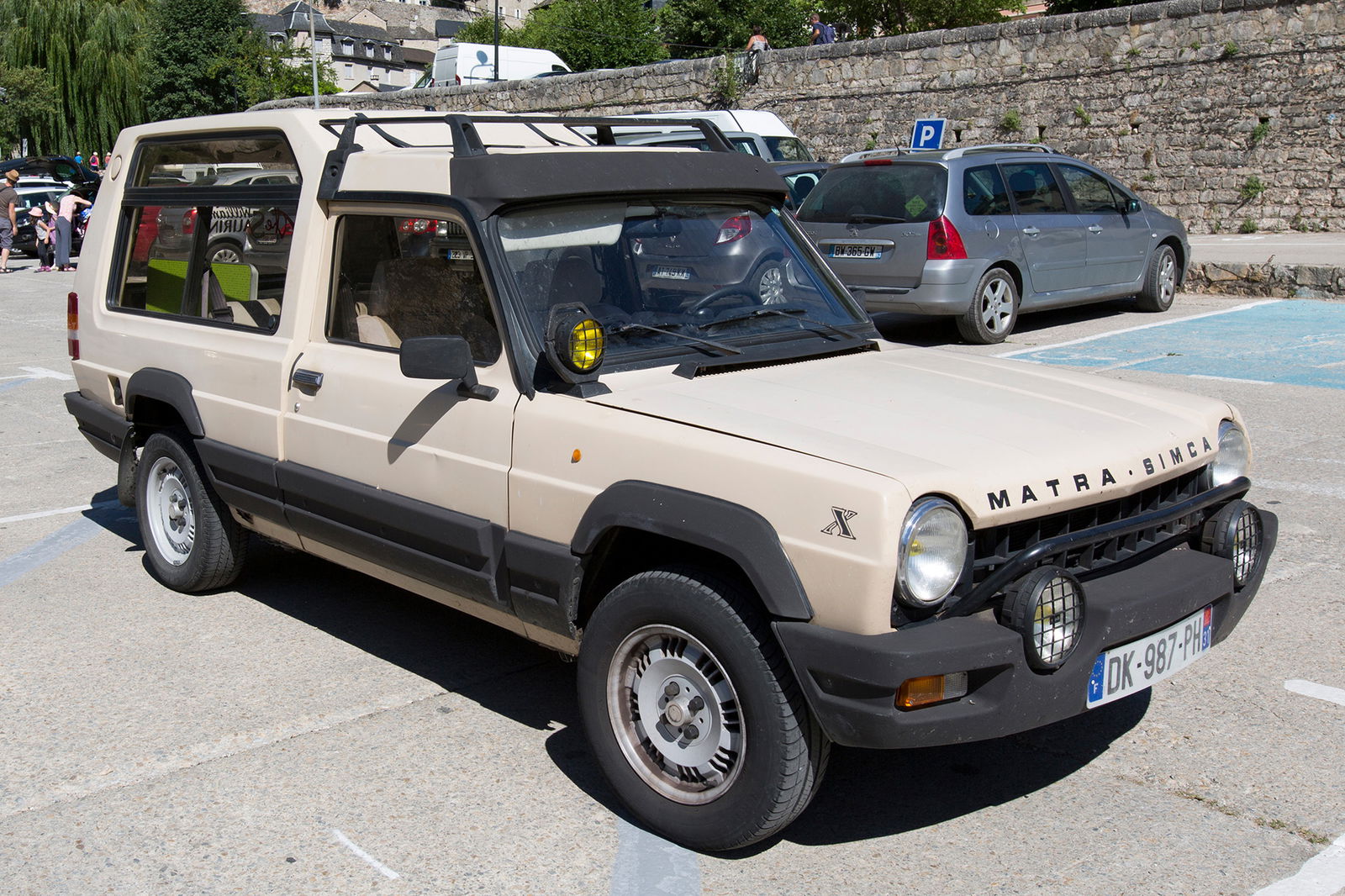
A French car manufacturer launching a car that looks like it should be able to go off-road, yet with absolutely zero credentials in doing so, is not a shock in 2025. Just look at Renault’s confusing array of crossovers, for that matter.
In 1977, though? Bonkers. This was the time before SUVs were really a widespread concept, with the Range Rover still fresh on the scene and without anyone really knowing the knock-on effect that would eventually have on the wider car market.
Matra was well ahead of its time, though. The Rancho had jacked-up suspension, rally-esque fog lights and the boxiest, most rugged-looking body you could possibly imagine. All on top of a front-driven car with practically no ability to go off-road.
At least not in standard form. Later versions were available with a limited-slip differential and an electric winch, but a bona fide Range Rover rival this was not.
Renault Clio V6
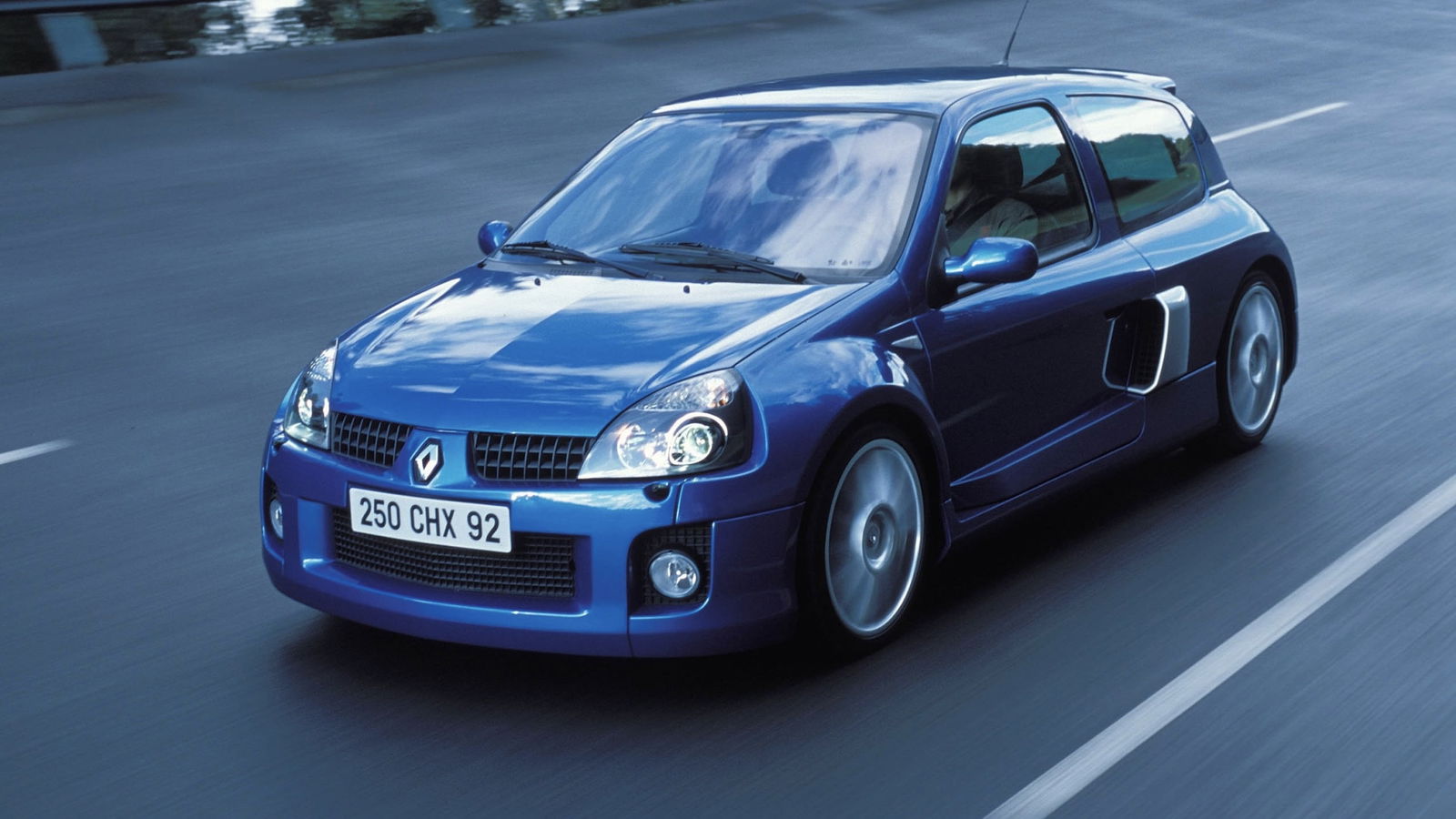
You may have heard this story before, but let’s tell it again. As it goes, Volkswagen was working hard in the build-up to the 1998 Paris Motor Show to present the world with the Lupo 3L.
That being ‘3-Litre’, designed to be capable of achieving 3L/100km of fuel consumption. Having heard that Renault was working away on a ‘3-Litre’ Clio, the Germans wanted to show the French up in their own backyard.
Only, nobody really could’ve foreseen what the ‘3-Litre’ car Renault then revealed was until that moment. Indeed, it was a Renault Clio, albeit with a mid-mounted 3.0-litre V6 engine.
By 2001, it made it to production (alongside the Avantime, what a time to be a Renault franchise dealer) with 227bhp and a reputation for being quite twitchy. Shock. It returned for a facelift ‘Phase 2’ in 2003 with more power still and some chassis tweaks to tidy up the handling.
We’ve never seen anything like it since. Well, except for the incoming Renault 5 Turbo 3E. Never change, Renault.
Propeller cars
No, the French didn’t just make one propeller car when the Leyat Helica came along in the 1920s (which you’ve likely seen on The Grand Tour), but another came in the form of the Helicron in the ‘30s as a one-off prototype.
Look, we don’t see the problem with having a propeller on the front of a car. Other than limited visibility. Or NVH issues. Or pedestrian safety.
Renault Espace F1
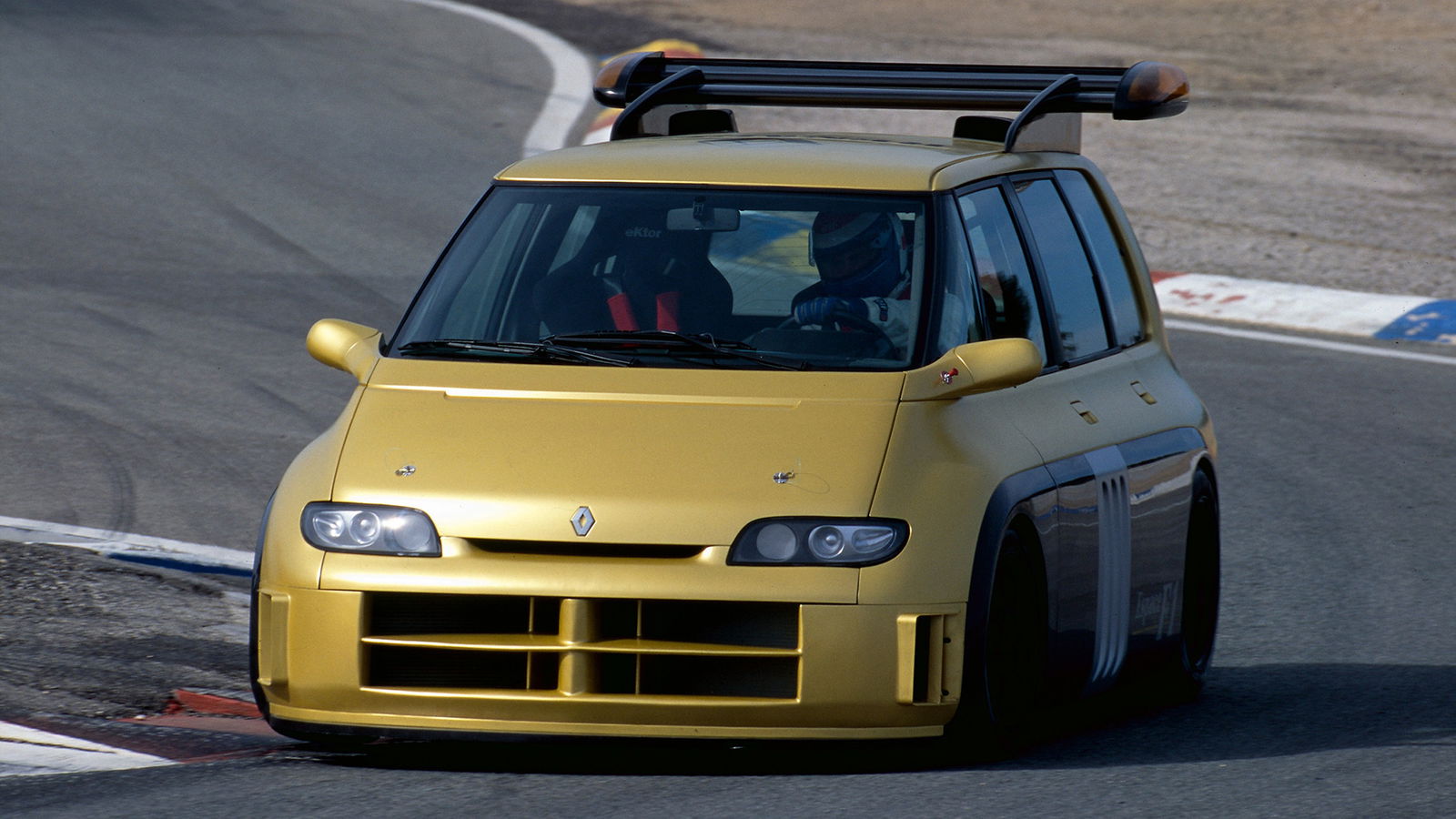
What do you do if you’ve got some championship-winning Formula 1 V10 engines kicking around, a car milestone to celebrate and some PR budget to blow? You build the Renault Espace F1.
Built to celebrate 10 years of the Espace, the Espace F1 shared absolutely nothing other than the basic shape and name of the MPV. It was built on a bespoke carbon fibre chassis, with carbon fibre bodywork and the 800bhp 3.5-litre V10 from a Williams FW14.
It could hit 194mph and crack 0-62mph in 2.8 seconds while still seating four. No shock it remained a one-off, but worthy of a place on this list nonetheless.
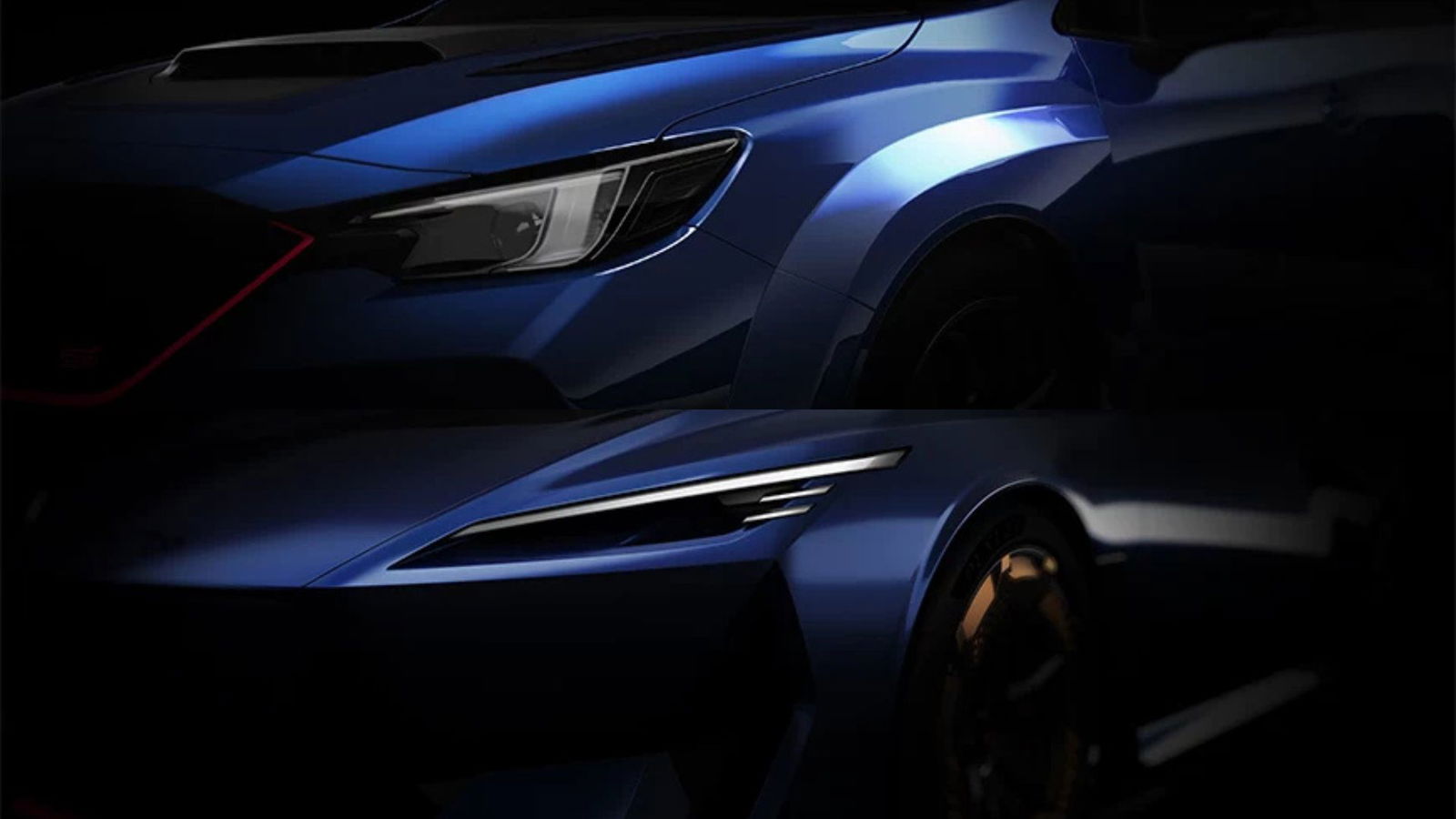





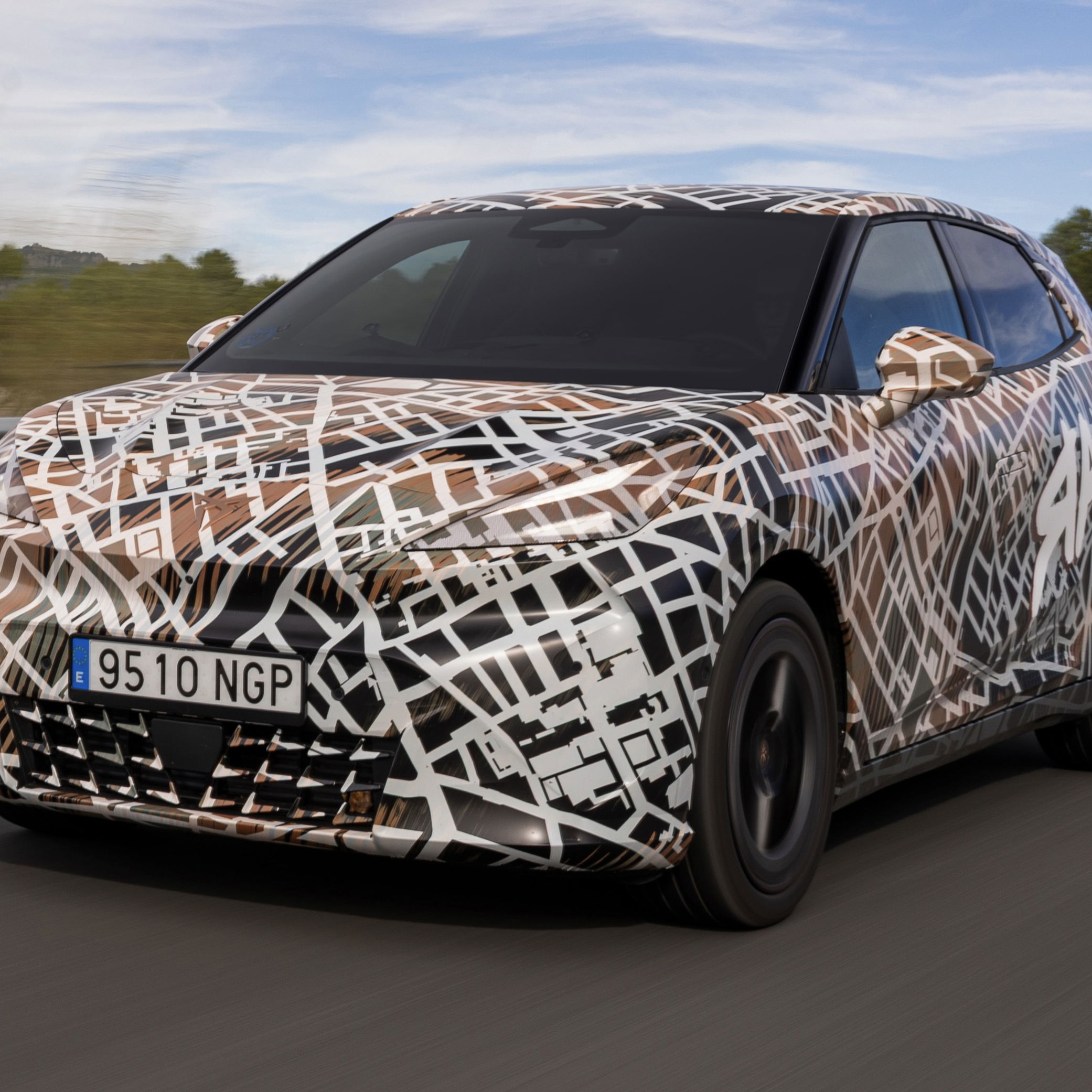
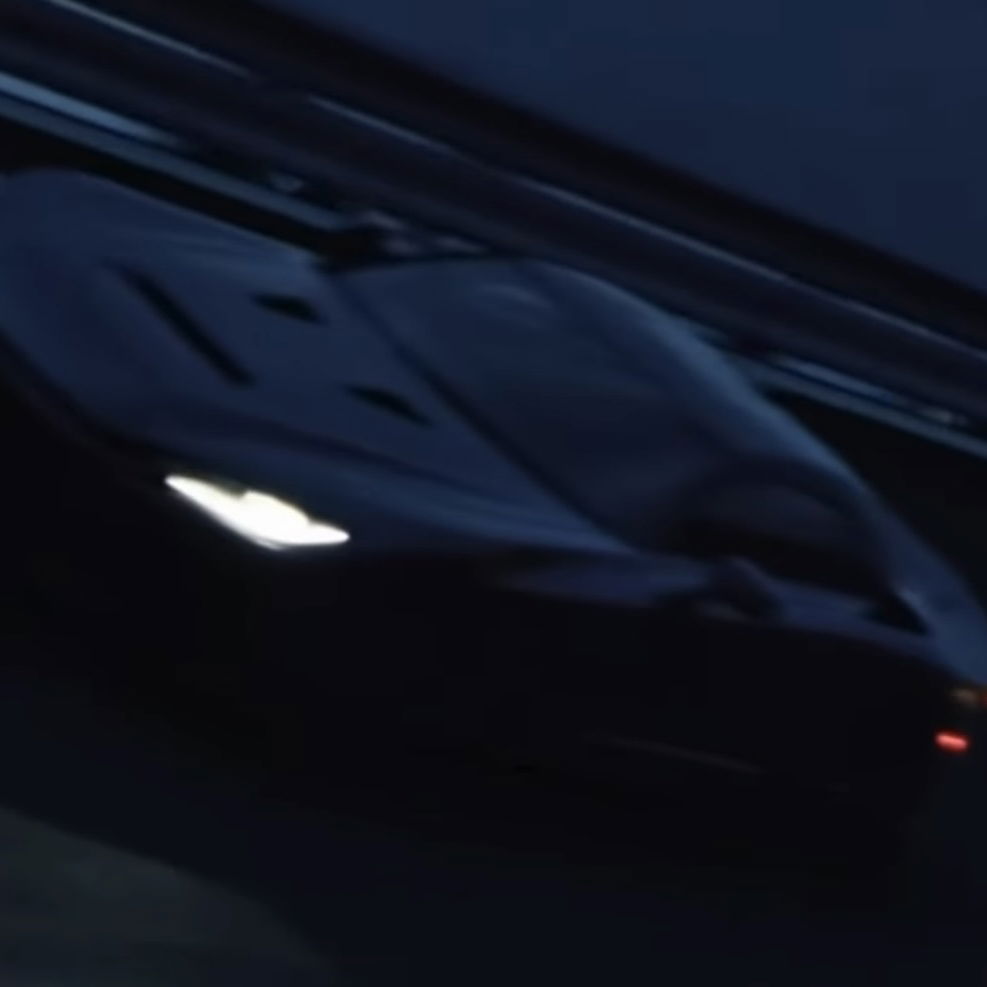







Comments